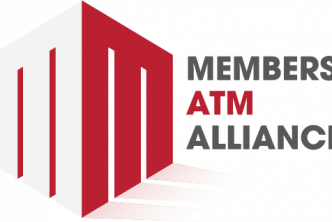By: Brian Bodell, Vice President of Fintech Solutions at TruStage
Fintechs have disrupted the status quo by offering streamlined digital solutions that challenge traditional banking models, empowering individuals, and businesses with greater control over their finances and democratizing access to financial services.
With a focus on user experience, innovation, and agility, fintechs continue to reshape the financial landscape by driving increased competition, efficiency, and inclusion within the industry. Which is why the relationship between fintechs and credit unions is tricky. While there can be direct competition with credit unions, there’s also a great opportunity for partnership and collaboration with the right fintechs that focus on empowering credit unions.
How Credit Unions Can Partner Successfully with a Fintech Today
There are many fintechs in the market today, nearly 30,000 worldwide to be exact, which makes the decision of who to partner with a challenge. Many factors need to be considered, so having a framework and process in place to determine who to partner with is essential.
Try These Five Steps
- Clearly Define Your Objectives and Success Measures
Start by defining what problem(s) you are trying to solve or what capabilities you need to add to your stack. For example, are you trying to reduce fraud, drive more deposits, make your lending more inclusive, or add real-time payment capabilities? For each of these objectives, you should benchmark your current state, define target improvements over time, and how those improvements will be measured.
- Assign Value
Develop a scoring model to prioritize what features will drive the most value for your credit union and/or your members. Each component of the scoring model should be weighed based on its importance.
- Scan, Score, and Select with Confidence
Conduct a market scan to identify a handful of fintechs that can meet 80% of your needs. Narrow down options based on your initial review and invite the top three to five providers to respond to a reasonable Request for Information (RFI) or Request for Proposal (RFP) along with a comprehensive demo and architecture review. Understanding compatibility with your existing tech stack, your infrastructure, and your volume requirements is critical. There are several great firms that can assist credit unions with this partner selection process.
- Do Your Due Diligence
After selecting a provider, conduct a thorough due diligence process, digging into financials, product investment trendlines, architecture, and deployment models. Evaluate factors like user experience, implementation, testing, and support processes, data management capabilities, cybersecurity profile, regulatory compliance, and integration capabilities, to name a few!
- Forge a Partnership
Work to form a partnership with the firm and understand how you will work together in good and challenging times to meet the objectives of both parties. Establish clear expectations, success measures and reporting along with regular check-ins to manage the partnership over time.
To recap, start with your strategy to understand what needs can be quickly filled by the right fintech partner(s). Then run through this five-step process with each partner and refine it over time to meet the needs of your credit union. Credit unions and fintechs must work together to quickly meet the evolving needs of members and the rapidly changing competition.
For more information, contact a LEVERAGE Business Development Consultant at consult@myleverage.com.






